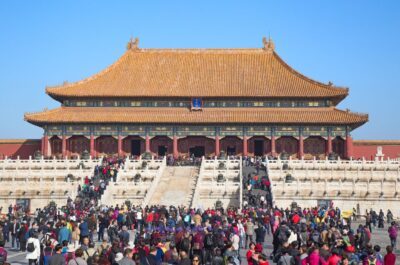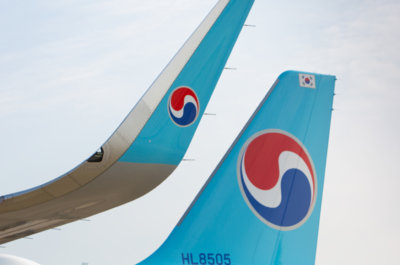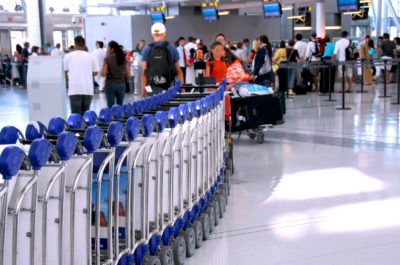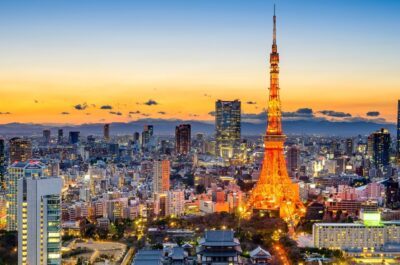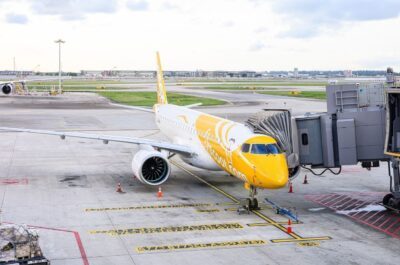According to NGOs and reported by Care 2, the number of elephants still alive in Vietnam totals only a few dozen. They were still over 1,500 recorded elephants in the country just twenty years ago.
HANOI- Three years ago, a conservation group, the Hanoi office of Britain’s Fauna and Flora International (FFI), warned that Vietnam’s remaining elephants — only numbering 150, according to some estimates — were in danger of becoming extinct. In 1990, there were about 1,500 to 2,000 elephants. Now there may be only a few dozen.
Poachers have slaughtered and are slaughtering Vietnam’s elephants to the point that extinction seems not a possibility, but inevitable. In 2009, FFI representative Frank Momberg spoke to CBS News about undertaking a feasibility study to create an elephant training centre in the central Vietnamese province of Daklak, where the majority of Vietnam’s domestic elephants were living.
But now, in September of 2012, Mark McDonald wrote in the newspaper New York Times that “life conservation groups have essentially thrown in the towel” about saving Vietnam’s elephants, who were still roaming the country’s jungles and forests just a generation ago as little support has been provided by the government both financially and legally.
A minuscule and poorly funded Elephant Conservation Centre is located in a national park in Dak Lak Province, in south-central Vietnam, and it has been sheltering a herd of 29 elephants. But two weeks ago, a pair of elephants from that group was found slaughtered in a forest, including the herd’s only remaining male, whose head, trunk and tusks were severed. Without an adult male, Vietnamese forestry officials said, the herd is no longer “sustainable.” The park’s interim director said elephant poaching has now become “rampant,” with six males from the herd having been killed this year.
Economic development that has encroached on the elephants’ habitat since the early 1990s is just as much a culprit. Rice farms, coffee and rubber plantations, factories, dams, roads: these have all arisen in places where elephants once roamed. Forests of mahogany, teak and ironwood that stood for centuries have been chopped down and sent overseas.
Will No one save then Vietnam’s Elephants? Mr. McDonald recalls a 1999 conversation with Mr. Momberg in which he said that “local authorities are making decisions about development without any environmental concern.” His statement has been cruelly borne out by events. In 2006, the Vietnamese government adopted an “urgent action plan” to protect elephants. But it has not been implemented.
McDonald uses phrases like “bleak” and “nothing short of disastrous” to describe efforts to protect elephants. A 1993 effort to relocate 13 elephants from their habitat in southern Vietnam — which was to be turned into industrial farms — resulted in all but one of the elephants dying. The last one was sent to the Saigon Zoo.
With their habitats stripped away and food supplies depleted, it hardly seems surprising that elephants — highly intelligent and social animals — have responded. McDonald describes hungry, “marauding” elephants leaving the forests and tearing apart farmers’ crops of potatoes and sugar cane, sometimes trampling people in the process. Villagers have dug deep trenches to trap elephants or sought to fight them off with “homemade shotguns and flame-throwers.”
The rise of the middle class in China has created a seemingly insatiable demand for ivory, to turn into statues, jewellery or chopsticks. As Robert Hormats, a senior U.S. State Department official simply states, “China is the epicentre of demand. Without the demand from China, this would all but dry up.” The illegal market for ivory is fuelling what Care2′s Judy Molland described as a sickening slaughter of elephants worldwide.
(Source: Care 2 taken from the New York Times)
Luc Citrinot a French national is a freelance journalist and consultant in tourism and air transport with over 20 years experience. Based in Paris and Bangkok, he works for various travel and air transport trade publications in Europe and Asia.






















